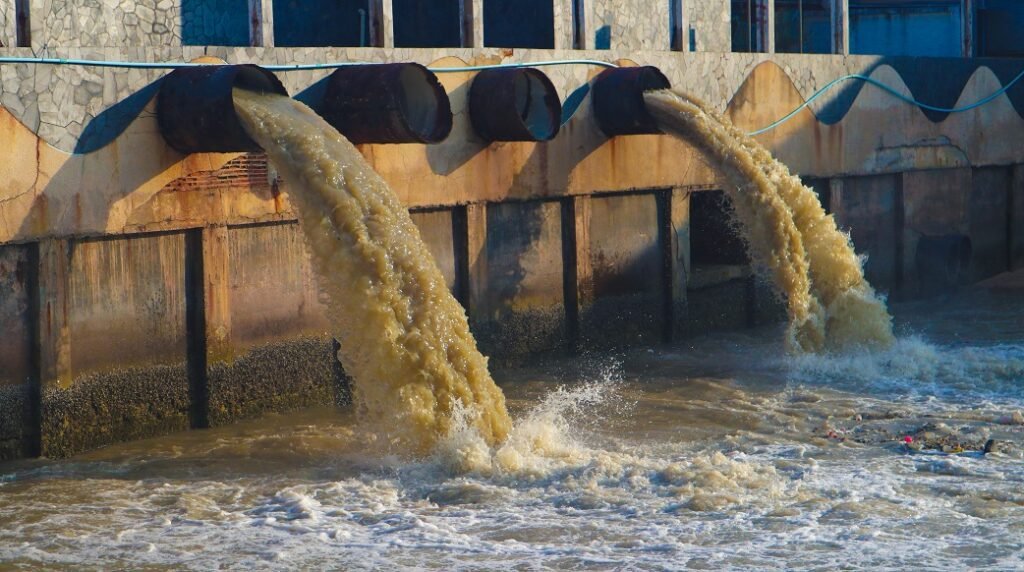On June 30, 2021, the Department of Environment and Natural Resources (DENR) of Philippines published the Administrative Order (AO) No. 2021-19 “Updated Water Quality Guidelines (WQG) and General Effluent Standards (GES) for Selected Parameters”. This Administrative Order partially amends the DENR AO No. 2016-08, which is a basic legislation on wastewater management. The main amendments include raising the standard values for six parameters. It also stipulates the obligation to submit data on influent values of BOD for establishments with influent BOD equal to or greater than 3000 mg/L. This Order comes into effect 15 days after its publication in a newspaper of general circulation and upon acknowledgement of receipt of a copy thereof by the Office of the National Administrative Register (ONAR).
The original text of this Order that amends the WQG and GES can be downloaded from the following URL.
https://emb.gov.ph/wp-content/uploads/2021/07/DAO-2021-19-UPDATED-WQG-AND-GES-FOR-SELECTED-PARAM.pdf
DENR AO No. 2016-08 is available at the following URL.
https://emb.gov.ph/wp-content/uploads/2019/04/DAO-2016-08_WATER-QUALITY-GUIDELINES-AND-GENERAL-EFFLUENT-STANDARDS.pdf
Revision of the standard values in WQG and GES
In the WQG and GES, the standard values for six parameters (NH3-N, boron, copper, fecal coliform, phosphorus, and sulfate) have been raised. As an example, the revised GES limits for each receiving water body are shown below:
| AA | A | B | C | D | SA | SB | SC | SD | |
|---|---|---|---|---|---|---|---|---|---|
|
NH3-N(mg/L) |
NDA |
2 |
3 |
4 |
9 |
NDA |
3 |
4 |
9 |
|
Boron(mg/L) |
NDA |
4 |
4 |
4 |
12 |
NDA |
4 |
25 |
100 |
|
Copper(mg/L) |
NDA |
1 |
1 |
1 |
2 |
NDA |
1 |
1 |
2 |
|
Fecal Coliform(MPN/100mL) |
NDA |
100 |
200 |
400 |
800 |
NDA |
200 |
400 |
800 |
|
Phosphorus(mg/L) |
NDA |
1 |
1.5 |
4 |
10 |
NDA |
2 |
4 |
10 |
|
Sulfate(mg/L) |
NDA |
500 |
500 |
550 |
1,000 |
– |
– |
– |
– |
- The receiving water bodies are classified into Class AA, A, B, C and D for freshwater and Class SA, SB, SC and SD for marine waters. See Table 1 and 2 of DENR AO No. 2016-08 for more details.
- NDA means “No Discharge Allowed”.
- (-) indicates that no recommended values have been set because the parameter occurs naturally in marine or brackish waters.
- For copper, the scope was changed from “dissolved copper” to “total copper”.
- The values in parentheses in the lower part of each cell are the values before the revision.
Additional requirements for establishments with influent BOD equal to or greater than 3000 mg/L
Establishments with influent BOD equal to or greater than 3000 mg/L and whose receiving water bodies are classified into Class C, D, SC or SD are required to obtain analytical results from a DENR-recognized laboratory and submit copies thereof to the Environmental Management Bureau (EMB) Central Office to prove its compliance with Table10 (Effluent standards for BOD applicable to establishments with influent BOD of ≧ 3,000 mg/L) of DENR AO No. 2016-08.
This amendment Order also specifies the requirement for a technical report (that includes wastewater characterization, monthly monitoring data for influent and effluent for a year, and others) that must be submitted to the EMB Central Office when requesting for modification of Significant Effluent Quality Parameters (SEQP).
EnviX Comments
The effluent standards were revised on the back of protests by domestic industries. DENR AO No. 2016-08, which Japan International Cooperation Agency (JICA) helped to formulate, was the first comprehensive revision replacing the previous effluent standards in about 20 years. However, from the very beginning, there were concerns that some of the allowable limits were too strict for companies to comply with. Not only industry groups of Japan, but also those of other countries expressed similar concerns, and they have lobbied and submitted requests to the DENR of Philippines for its revision. Finally, in 2021, it was amended. For AO No. 2021-19, some items have been eased as requested by the industries, while the values of nitrate and chloride are still very strict. Such remaining issues need to be addressed by each company.
NOTE:
- On September, 2021, EMB released a notification about fines imposed in violation of effluent standards prior to the above revision. See more details here.
- On February 1, 2023, in order to strengthen national water management, President Marcos of the Philippines approved the establishment of the Water Resource Management Office (WRMO) as the central agency for managing the country’s water resources and addressing environmental issues. See more details below.
Philippine President Marcos Approves Establishment of Water Resource Management Office to Ensure Adequate Water Supply
 Philippines revises Water Quality Guidelines and General Effluent Standards
Philippines revises Water Quality Guidelines and General Effluent Standards 

























